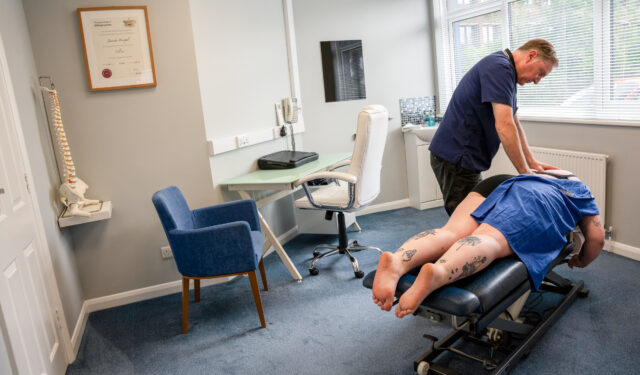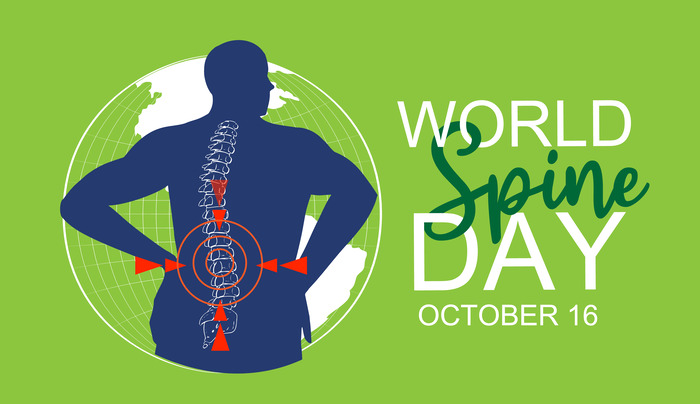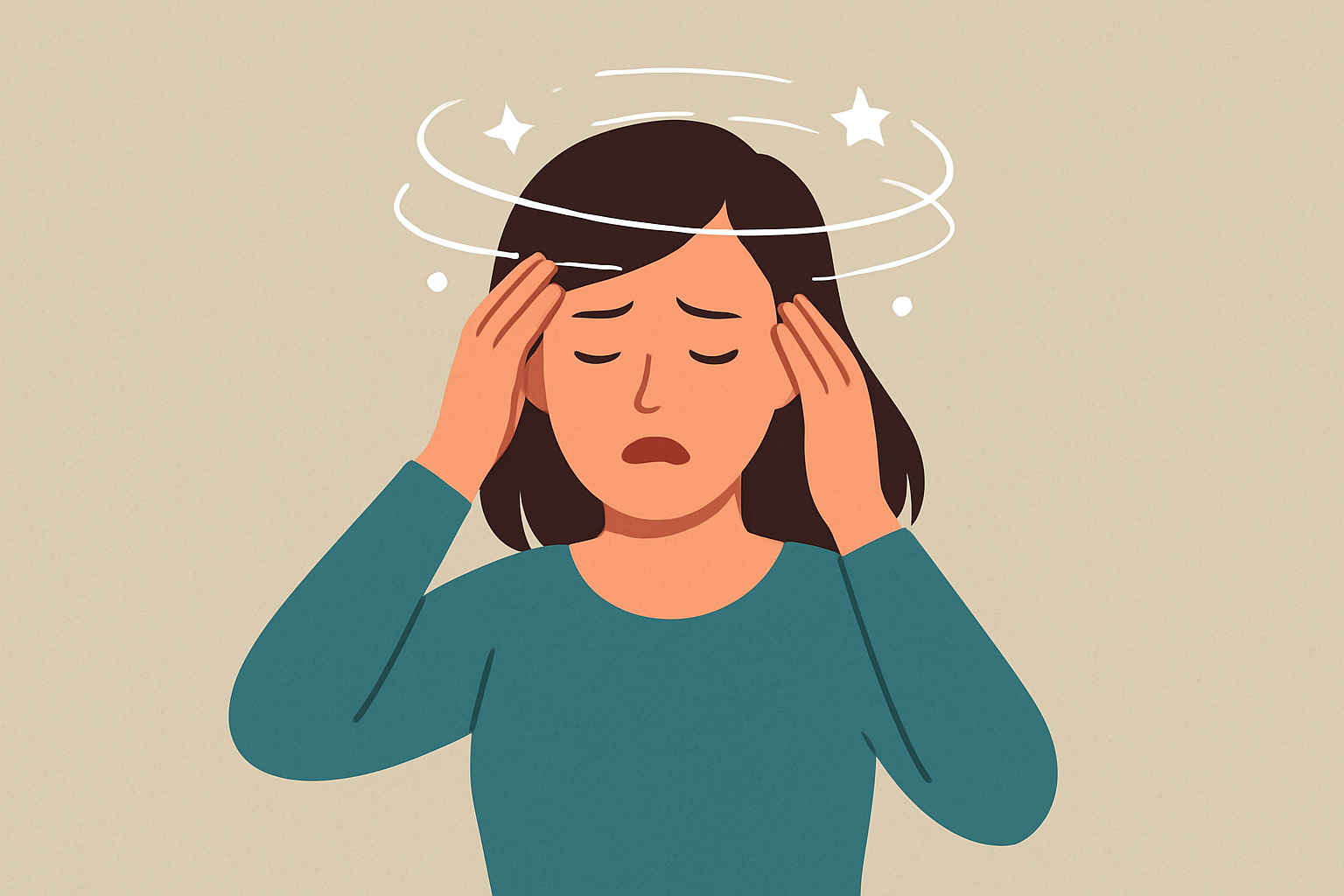Trigger Points and Chiropractic Treatment at Isis Chiropractic
What Is a Muscle Strain?
When you injure a muscle, it’s called a strain. We classify muscle strains from Grade 1 to Grade 3, depending on their severity. A complete muscle tear is known as a rupture. Most everyday strains are minor, involving tiny injuries known as micro-ruptures. These happen regularly as your body goes through its natural cycle of breakdown and repair.
After a strain, your body may develop a myofascial trigger point (TP). This is a small, hypersensitive spot within the muscle that can remain long after the initial injury has healed. Trigger points often cause chronic pain and stiffness, even years later.
What Is a Trigger Point?
A trigger point isn’t scar tissue. Instead, it’s a hyper-sensitive area in a muscle that can cause pain when touched—and often refers pain to other areas. For example, pressure on a TP in your shoulder may cause pain in your arm or hand. Chiropractors feel these points as tight nodules or taut bands in the muscle or fascia.
At Isis Chiropractic, we regularly diagnose and treat trigger points because they often contribute to persistent pain that hasn’t responded to other treatments.
What Causes Trigger Points?
Muscle injuries start a chain reaction. Pain from the injury triggers a spinal reflex, which causes local muscle spasm, reduces blood flow, and builds up waste products. These changes can lead to the formation of trigger points.
Trigger points often form due to:
Overuse or repetitive strain (e.g., typing or poor posture)
Sudden trauma (e.g., catching an unexpected weight)
Prolonged tension from underlying joint problems like a facet joint sprain
Secondary effects from internal conditions (e.g., a peptic ulcer causing abdominal TPs)
Trigger points can also spread to other muscles. For example, one TP may refer pain to another muscle, causing it to develop a new TP. This creates a cascade of pain through the body, often moving downward.
Some people are more prone to developing TPs, especially if they are anxious, sedentary, or have poor posture. These individuals may carry latent trigger points—inactive but still present. A minor strain, stress, or exposure to cold can activate these TPs and trigger significant symptoms.
What Is an “Injury Pool”?
Sometimes multiple latent trigger points form in a group of muscles. We call this an injury pool. Even a trivial incident can activate all these points at once, causing severe pain. At our clinics, we often see patients with intense symptoms after seemingly minor injuries. These cases are frequently misunderstood by others—but they make perfect sense when you understand how trigger points work.
Signs You May Have Trigger Points
You might notice:
Pain that started after a small injury or stressful event
A deep ache, burning, gripping, or dull pain in a muscle
Referred pain—pain felt in an area away from the TP
Pins and needles if a TP irritates nearby nerves
Disrupted sleep due to muscle pain or stiffness
Relief from light exercise and discomfort from rest
How We Diagnose Trigger Points
During your chiropractic exam, we take a detailed history and feel for TPs in affected muscles. We locate these points by identifying tender, tight bands or nodules. Pressing on a TP often causes referred pain, helping us identify which muscle is involved.
Experienced chiropractors can even provoke a visible muscle twitch by gently plucking the TP—similar to strumming a guitar string. We also compare both sides of the body to check for abnormal tenderness.
How We Treat Trigger Points at Isis Chiropractic
1. Digital Pressure (Manual Therapy)
This is our most common and least invasive treatment. We apply steady finger or thumb pressure to the TP for several seconds until it softens and the muscle relaxes. We often follow this with a brief massage. You can also continue this therapy at home using a small rubber ball for self-pressure.
2. Spray-and-Stretch Technique
This method involves spraying a cooling agent on the muscle followed by stretching. While effective, we rarely use it because it’s less practical when movement is restricted.
3. Dry Needling
Dry needling uses fine, sterile acupuncture needles to target the TP directly. We insert the needle into the center of the TP, often producing a muscle twitch and a deep aching sensation. Most patients tolerate this well, and it’s often more comfortable than manual pressure.
Needling sessions usually last a few minutes per TP. One accurately placed needle per TP is typically enough.
How Many Treatments Will I Need?
If we find trigger points during your chiropractic evaluation, we include TP treatment as part of your care. In nearly all cases, trigger points are linked to underlying spinal or joint problems, which we also address.
Acute TP pain usually responds within 1–3 treatments.
Chronic TP pain (lasting over 6 months) often requires longer treatment and a mix of techniques, including exercises and lifestyle changes.
Dry needling is typically done once per week but may be more frequent in acute cases.
Correcting postural, hormonal, or nutritional imbalances can also improve outcomes.
Still Have Questions?
We’re here to help. If you’re dealing with muscle pain or stiffness that hasn’t resolved, contact Isis Chiropractic Centres to speak with a chiropractor about trigger point therapy.




